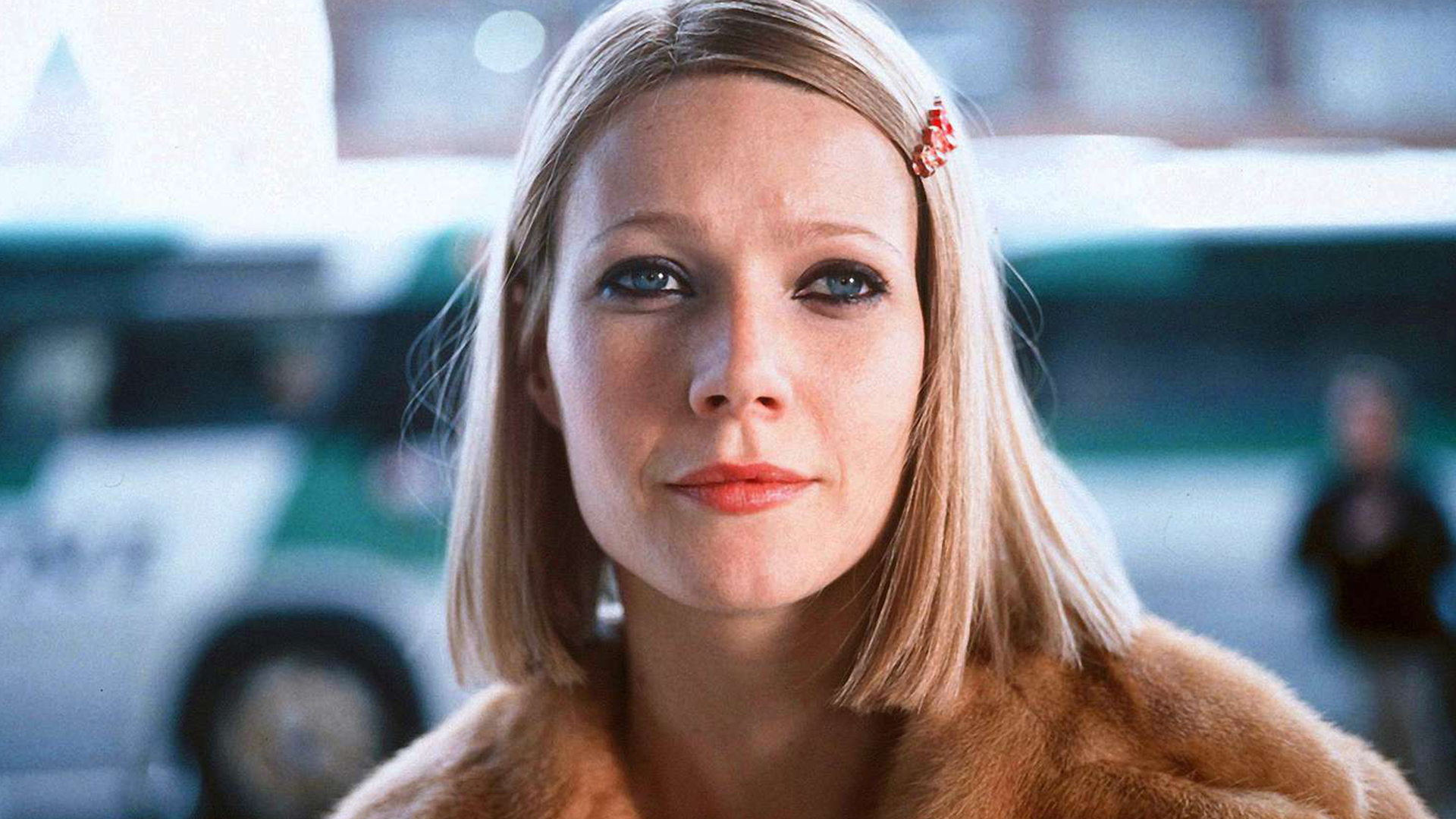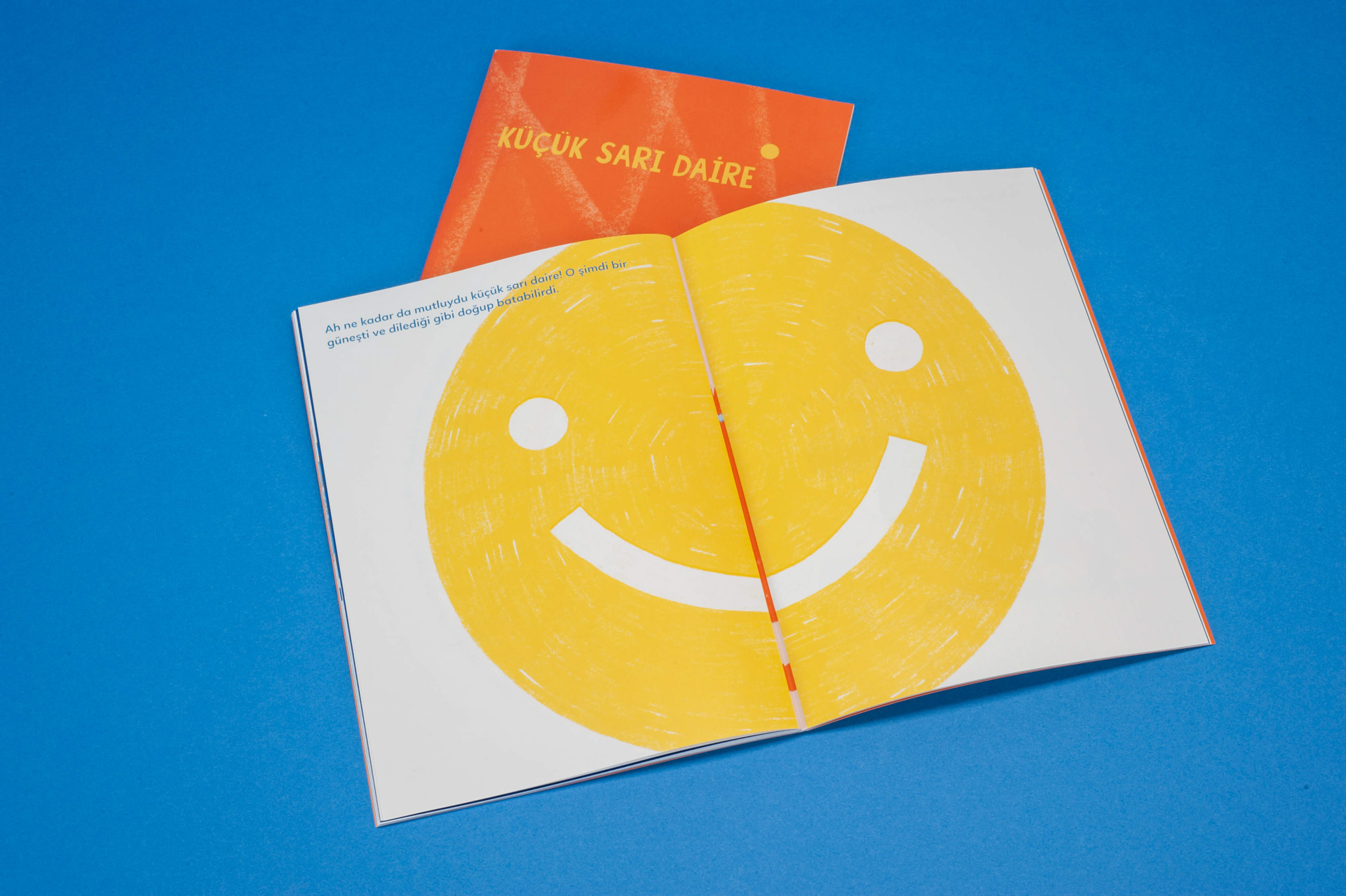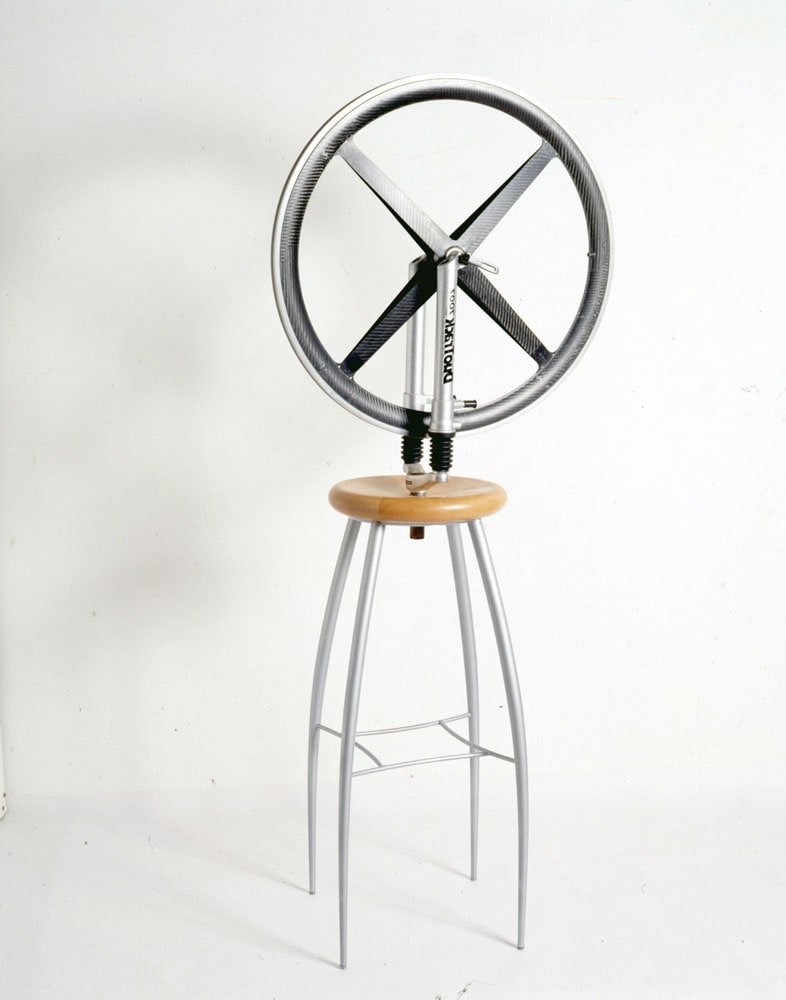The victories of hundreds of Kenyan and Ethiopian female athletes are transforming the socio-economic landscape in two traditionally macho countries, one stride at a time. On this marathon to gender equality, roles are being reversed - men take care of the house and women earn the income. 01:05:12. The Longest Race documentary is the last piece of the Marathon to Gender Equality project. Hairdresser Nancy Chepkoge, super champion Florence Kiplagat, teacher Nelly Ruto, role-model and former champion Lornah Kiplagat, brilliant Sylvia Kibet, hardworking Caroline Chepkwony and veteran Agnes Kiprop are the leading Kenyan roles in this film. From the Ethiopian side, the first black African woman to win an Olympic Gold medal, Derartu Tulu, the tireless Aberu Kebede and Feyse Tadese, who is as shy as she is a true professional.
These screenings are free of admissions. Drop in, no reservations.
Trailer

The New Year is more than just a date change on the calendar. It often marks a turning point where the weight of past experiences is felt or the uncertainty of the future is faced. This season, Pera Film highlights films that delve into themes of hope, regret, nostalgia, and new beginnings.

Published as part of Pera Learning programs, “The Little Yellow Circle (Küçük Sarı Daire)” is a children’s book written by Tania Bahar and illustrated by Marina Rico, offering children and adults to a novel learning experience where they can share and discover together.

In 1998 Ben Jakober and Yannick Vu collaborated on an obvious remake of Marcel Duchamp’s Roue de Bicyclette, his first “readymade” object. Duchamp combined a bicycle wheel, a fork and a stool to create a machine which served no purpose, subverting accepted norms of art.
Tuesday - Saturday 10:00 - 19:00
Friday 10:00 - 22:00
Sunday 12:00 - 18:00
The museum is closed on Mondays.
On Wednesdays, the students can
visit the museum free of admission.
Full ticket: 300 TL
Discounted: 150 TL
Groups: 200 TL (minimum 10 people)